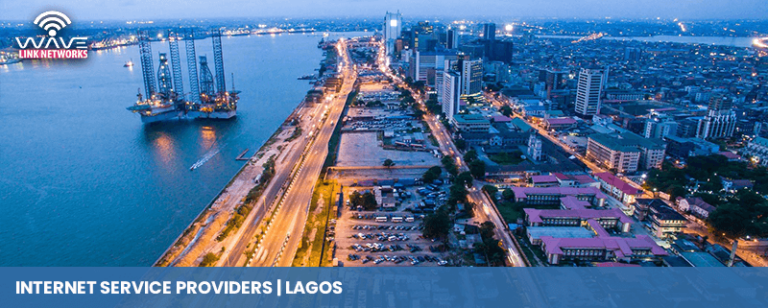How Weak Wi-Fi Signal Strength Affects Internet Speeds
How Weak Wi-Fi Signal Strength Affects Your Internet Speed Experience
Key Points Summary
- Weak Wi-Fi signals cause slower data transmission rates and increased packet loss
- Signal strength decreases with distance from the router and physical obstructions
- Poor connections lead to frequent buffering, disconnections, and higher latency
- Device performance suffers as network adapters work harder to maintain connectivity
- Multiple devices competing for weak signals compound speed reduction issues
- Simple solutions include router repositioning, upgrading equipment, or using Wi-Fi extenders
Understanding the Wi-Fi Signal and Speed Connection
When you’re struggling with slow internet despite paying for high-speed broadband, the culprit is often not your internet service provider but rather a weak Wi-Fi signal within your home or office. Many people don’t realize that having a 100 Mbps internet plan doesn’t guarantee you’ll actually experience those speeds if your Wi-Fi signal is weak.
Wi-Fi signal strength is measured in decibels relative to a milliwatt (dBm), typically ranging from -30 dBm (excellent) to -90 dBm (unusable). As this number becomes more negative, your signal weakens, and your internet experience deteriorates accordingly. Understanding this relationship is crucial for troubleshooting frustrating connectivity issues.
How Weak Signals Reduce Your Speeds
When your device receives a weak Wi-Fi signal, it directly impacts the data transmission rate between your router and device. Think of Wi-Fi signal like a highway: a strong signal is like a wide, clear multi-lane highway where data packets flow freely at high speeds. A weak signal, however, is like a narrow, congested road full of potholes where traffic crawls.
Specifically, weak signals force your router to reduce transmission speeds to maintain a connection. Modern routers use adaptive rate selection, automatically downshifting to slower, more stable transmission modes when signal quality drops. What might be a 300 Mbps capable connection at close range could drop to 50 Mbps or less when the signal weakens.
The Packet Loss Problem
Weak Wi-Fi signals also cause packet loss, where data packets fail to reach their destination and must be retransmitted. Every failed packet requires your device to request a resend, creating delays and eating into your available bandwidth. This is why you experience buffering during video streaming or lag during online gaming, even when your baseline internet speed should be sufficient.
The constant retransmission creates a vicious cycle: as packets fail and resend, network congestion increases, signal quality degrades further, and more packets fail. This exponential effect can make a moderately weak signal feel completely unusable during peak usage times.
Latency and Connection Stability
Beyond raw speed, weak Wi-Fi signals dramatically increase latency (ping time). When your device struggles to maintain a stable connection, the time it takes for data to travel between your device and the router increases significantly. For activities requiring real-time communication like video calls, online gaming, or remote work applications, high latency creates noticeable delays and disruptions.
Weak signals also cause intermittent disconnections. Your device may repeatedly connect and disconnect from the network as it struggles to maintain adequate signal strength, interrupting downloads, dropping calls, and forcing you to reload web pages constantly.
Multiple Devices, Multiplied Problems
The problem intensifies when multiple devices share a weak Wi-Fi signal. Each device competes for the limited bandwidth available through the degraded connection. What might be manageable for a single device becomes unbearable when several smartphones, laptops, tablets, and smart home devices all try to communicate through the same weak signal simultaneously.
Solutions for Better Connectivity
Fortunately, addressing weak Wi-Fi signals often requires simple solutions. Repositioning your router to a central, elevated location free from obstructions can dramatically improve signal strength. Upgrading to a modern router with better range and newer standards like Wi-Fi 6 also helps. For larger spaces, Wi-Fi extenders or mesh network systems eliminate dead zones and ensure strong signals throughout your property.
Understanding that weak Wi-Fi signals, not necessarily your internet plan, might be throttling your speeds empowers you to take action and restore the fast, reliable connectivity you’re paying for.


